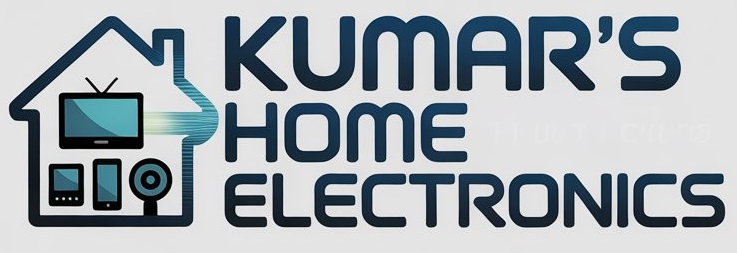Refrigerator/Fridge
- The most frequently encountered fridge / refrigerator problems and how they can manifest:
1. Not cooling properly
Dirty condenser coils: When dust and debris build up on coils (typically at the back or bottom), the fridge can not dissipate heat effectively as often recommended, clean them every 2 to 6 months.
b. Blocked air vents: Overloaded shelves or food positioned poorly can obstruct airflow, causing uneven temperatures
c. Faulty evaporator/condenser fans: If either fan fails, airflow and heat exchange are compromised
2. Door & Seal Issues
a. Worn or dirty door gasket: A poor seal lets in warm air, undermining cooling efficiency
b. Door not fully closed: Even a slightly open door can raise internal temperatures (and in rare cases, the compressor may temporarily shut off)
3. Thermostat & Controls
a. Incorrect thermostat settings: If too warm, fridge will not cool sufficiently; too cold, food may freeze
b. Faulty thermostat or control board: Malfunctioning sensors or electronics can mismanage cooling cycles
4. Compressor & Relay Problems
a. Bad start relay or capacitor: If the relay can not start the compressor, the cooling process halts.
b. Compressor failure: A non-functioning compressor means no cooling - often indicated by odd noises or no humming.
5. Defrost System Breakdown
Frost buildup on evaporator coils: A failed defrost system (timer, heater, thermostat) causes ice to form and block airflow.
6. Refrigerant Leaks or Blockages
a. Leaks or low refrigerant: Cooling capacity drops significantly; may also produce ice patterns or hissing sounds.
b. Internal refrigerant clog: Often from mishandling (e.g., tipping the fridge), leading to partial cooling failures
7. Power or Installation Problems
Power supply issues: Loose plug, tripped outlet or damaged cord can disrupt all functions
Poor placement or ventilation: Needs at least ½″ sides + 1″ back clearance; ambient heat (that is garage or next to stove) can hinder performance
Unlevel surface: Can affect door alignment and coolant flow.
Quick-Check DIY Fixes
Issue What to Do
Dirty coils Unplug and vacuum every 2–6 months
Blocked vents Reorganise and avoid overpacking
Faulty seals Clean with warm soapy water; consider replacement
Thermostat settings Use a fridge thermometer to maintain 1.7 to – 3.3 °C. This range keeps food cold enough to inhibit bacterial growth without freezing, which can damage food. The freezer should be at or below 0°F (-18°C).
Defrost/manual thaw Unplug and let freezer defrost 24 hrs; monitor if cooling returns
When to Call a Technician?
Non-cooling persists after DIY steps.
Evidence of compressor, relay, defrost system, or refrigerant issues.
Damaged circuit board or fan motors needing replacement.
By starting with simple checks - cleaning, sealing, thermostat settings - you can often solve fridge issues yourself. If deeper mechanical or refrigerant problems arise, professional service is the safer path.
